Monthly Archives: January 2025
SOURCE: AFI
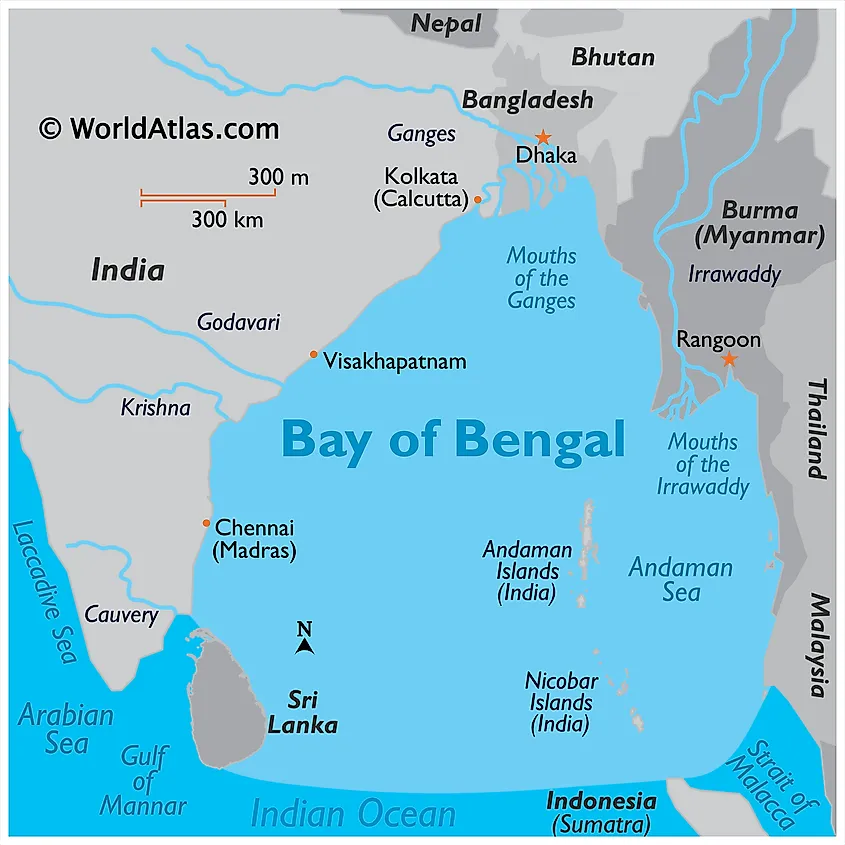

An intense debate has erupted on social media platform X (formerly Twitter) over whether India should rename the Bay of Bengal as the Bay of India. This discussion gained traction after newly inaugurated U.S. President Trump signed an executive order to rename the Gulf of Mexico as the Gulf of America, citing territorial and strategic reasons.
Proponents of the renaming argue that the Bay of Bengal, which is geographically bordered more significantly by India than by any other country, should reflect this dominant presence. Advocates point out that the bay is flanked by India’s eastern coastline, including the states of Tamil Nadu, Andhra Pradesh, Odisha, and West Bengal, which together form a vast majority of its border.
Continue readingSOURCE: AFI


In a significant stride towards self-reliance in defense manufacturing, India appears to be transitioning away from the long-serving Czech Republic-made Tatra Transporter Erector Launchers (TELs) to home-grown alternatives. This change was notably showcased during the Republic Day 2025 rehearsals, where Ashok Leyland’s 12×12 heavy-duty vehicle was seen carrying the formidable Pralay tactical ballistic missiles.
For decades, the Indian military has relied on Tatra trucks, known for their robustness and off-road capabilities, particularly in rugged terrains like the Himalayas and the deserts of Rajasthan. These vehicles have been pivotal in transporting and deploying various missile systems, including the BrahMos and Prithvi. However, the push for indigenous solutions under the “Atmanirbhar Bharat” (Self-reliant India) initiative has catalyzed this shift.
Continue readingSOURCE: IANS


US policies concerning Bangladesh may undergo significant changes in the coming days, fear several analysts in Dhaka as Donald Trump returned to the White House for a historic second term as the 47th President of the country, on Monday.
The interim government in Bangladesh led by Chief Advisor Muhammad Yunus is already on back foot internationally for targeting minorities in the country, especially Hindus, since coming to power in August 2024. During the Presidential election campaign, Trump had condemned the growing attacks on Hindus and other minorities in Bangladesh.
Continue readingSOURCE: RAUNAK KUNDE / NEWS BEAT / IDRW.ORG
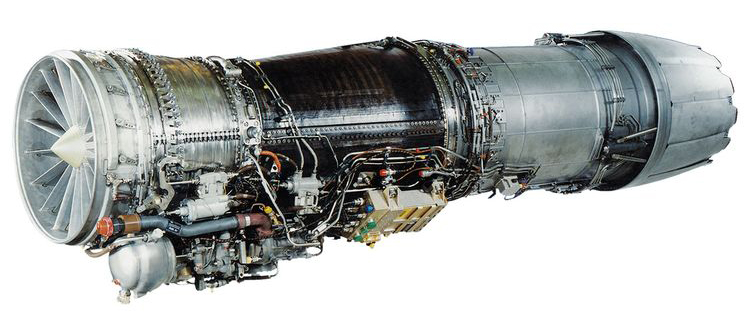

Negotiations between General Electric (GE) and Hindustan Aeronautics Limited (HAL) for the local manufacturing of the F-414 engines have encountered a significant hurdle. Sources at idrw.org have revealed that GE has demanded an increase in the contract price to incorporate 80% Transfer of Technology (ToT) for the engines.
The price for manufacturing 99 F-414 engines in India, which was earlier agreed upon at $1 billion, has now escalated to approximately $1.5 billion, a difference of $500 million. This sudden price increase has caused delays in finalizing the deal, as price negotiations remain ongoing.
Continue readingSOURCE: RAUNAK KUNDE / NEWS BEAT / IDRW.ORG


In a strategic pivot aimed at optimizing costs while enhancing capabilities, the Indian Army is considering deferring the purchase of high-cost tactical missiles in favor of the domestically developed Guided Pinaka rocket system. The Defence Research and Development Organisation (DRDO) has recently been authorized to expand the Pinaka family with two new variants, one with a range of 120 kilometers and another extending to 300 kilometers, both incorporating advanced guidance systems.
The 300km variant of the Guided Pinaka, which will utilize a 300mm diameter, has particularly caught the Army’s attention. Its larger size not only allows for an increased payload but also ensures compatibility with existing launch platforms, including those used in high-altitude areas. This development comes as the Army seeks versatile, yet cost-effective solutions for both conventional and, potentially, tactical nuclear strikes, given its strategic positioning along contentious borders.
Continue readingSOURCE: RAUNAK KUNDE / NEWS BEAT / IDRW.ORG
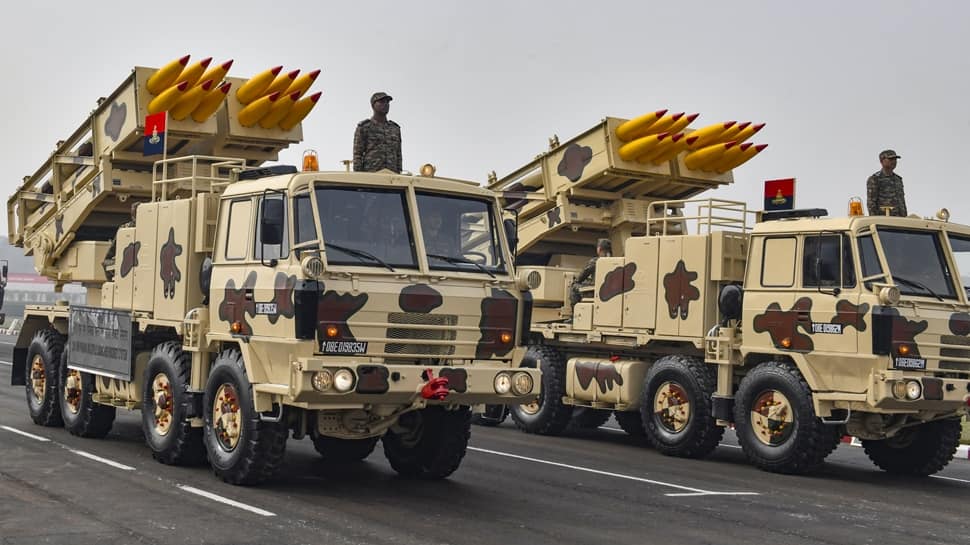

In a significant boost to India’s artillery capabilities, Army Chief General Upendra Dwivedi has announced that two major contracts for the Pinaka Multi-Barrel Rocket Launcher (MBRL) system are slated for signing before the fiscal year concludes on March 31. These contracts, valued at Rs 5,700 crore for high-explosive pre-fragmented ammunition and Rs 4,500 crore for area denial munitions, underscore India’s commitment to enhancing its military’s operational readiness and self-reliance.
This contract, amounting to Rs 5,700 crore, will supply the Indian Army with ammunition boasting a strike range of 45 kilometers. The high-explosive pre-fragmented shells are designed to maximize damage through fragmentation upon impact, making them highly effective against both personnel and light armored vehicles. This upgrade will significantly extend the reach and lethality of the Pinaka systems currently in use.
Continue readingSOURCE: AFI
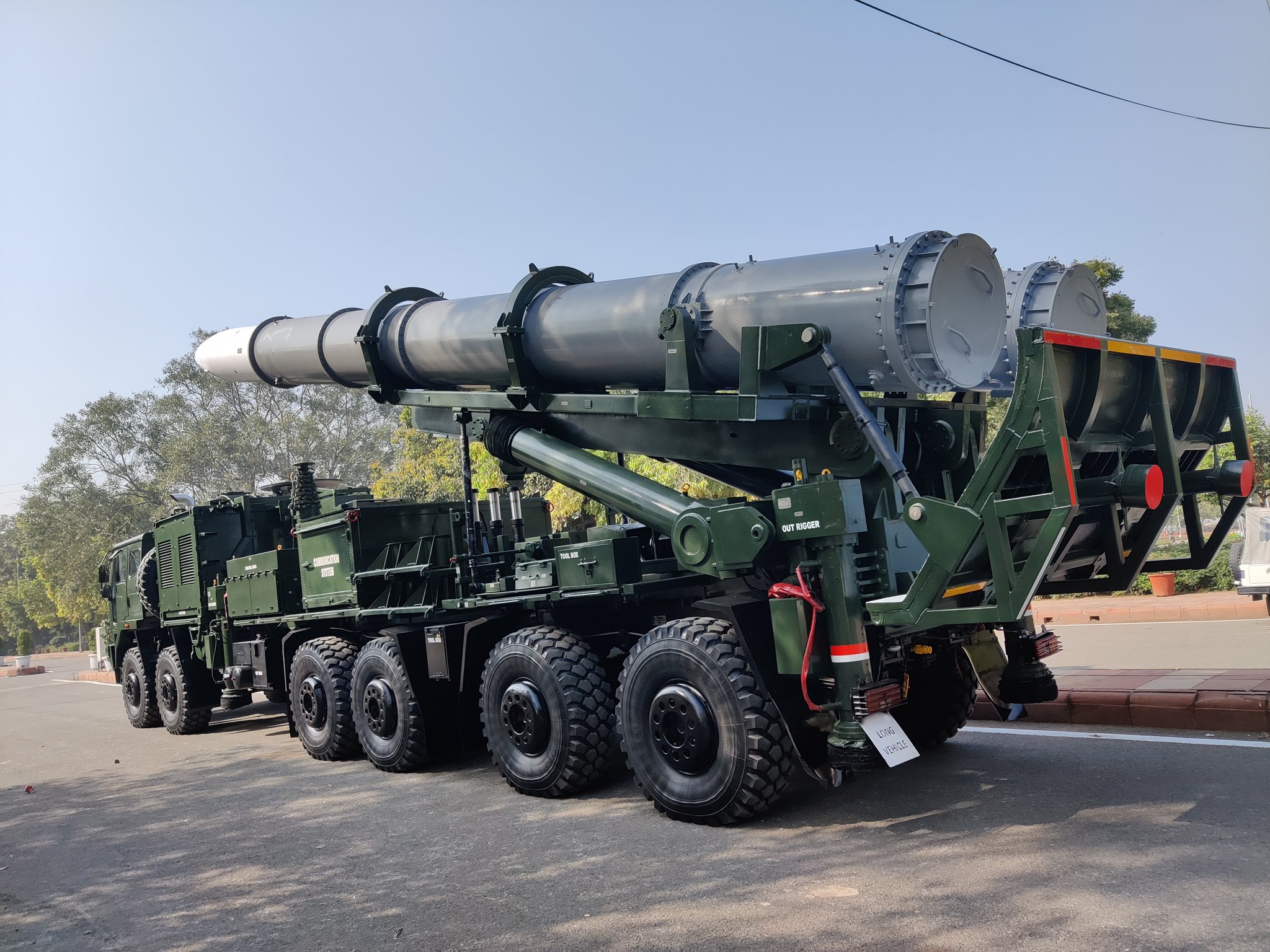

In a momentous display of India’s advancing military might, the Republic Day Parade on January 20, 2025, featured the inaugural showcase of the Twin Launcher for the Pralay ballistic missiles. This event not only underscored the country’s commitment to bolstering its strategic capabilities but also marked a significant milestone in missile technology development under the auspices of the Defence Research and Development Organisation (DRDO).
The Pralay missile, known for its tactical, short-range surface-to-surface capabilities, has been in the spotlight since its successful tests. With a range varying between 150 to 500 kilometers, Pralay is designed for conventional and nuclear roles, offering a versatile asset to the Indian Army’s arsenal. The introduction of a twin launcher configuration signifies an enhancement in deployment speed and efficiency, allowing for rapid, successive strikes on multiple or the same target.
Continue readingSOURCE: AFI


In a landmark move for sustainable and innovative manufacturing, PTC Industries has announced the signing of a long-term agreement with AMIC Toho Titanium Metal Company Limited (ATTM) for the supply of Titanium Sponge. This significant agreement was formalized at the prestigious Future Minerals Forum 2025 in Riyadh, Saudi Arabia, underscoring PTC’s commitment to advancing its capabilities in the aerospace and industrial materials sector.
The agreement with ATTM, a joint venture between Advanced Metal Industries Cluster (AMIC) and Japan’s Toho Titanium, is pivotal for PTC Industries as it guarantees a consistent and sustainable supply of Titanium Sponge. This raw material is crucial for the production of high-quality aviation-grade Titanium Ingots and subsequent products, which are in high demand in the aerospace industry for their lightweight, strength, and resistance to corrosion.
Continue readingSOURCE: AFI
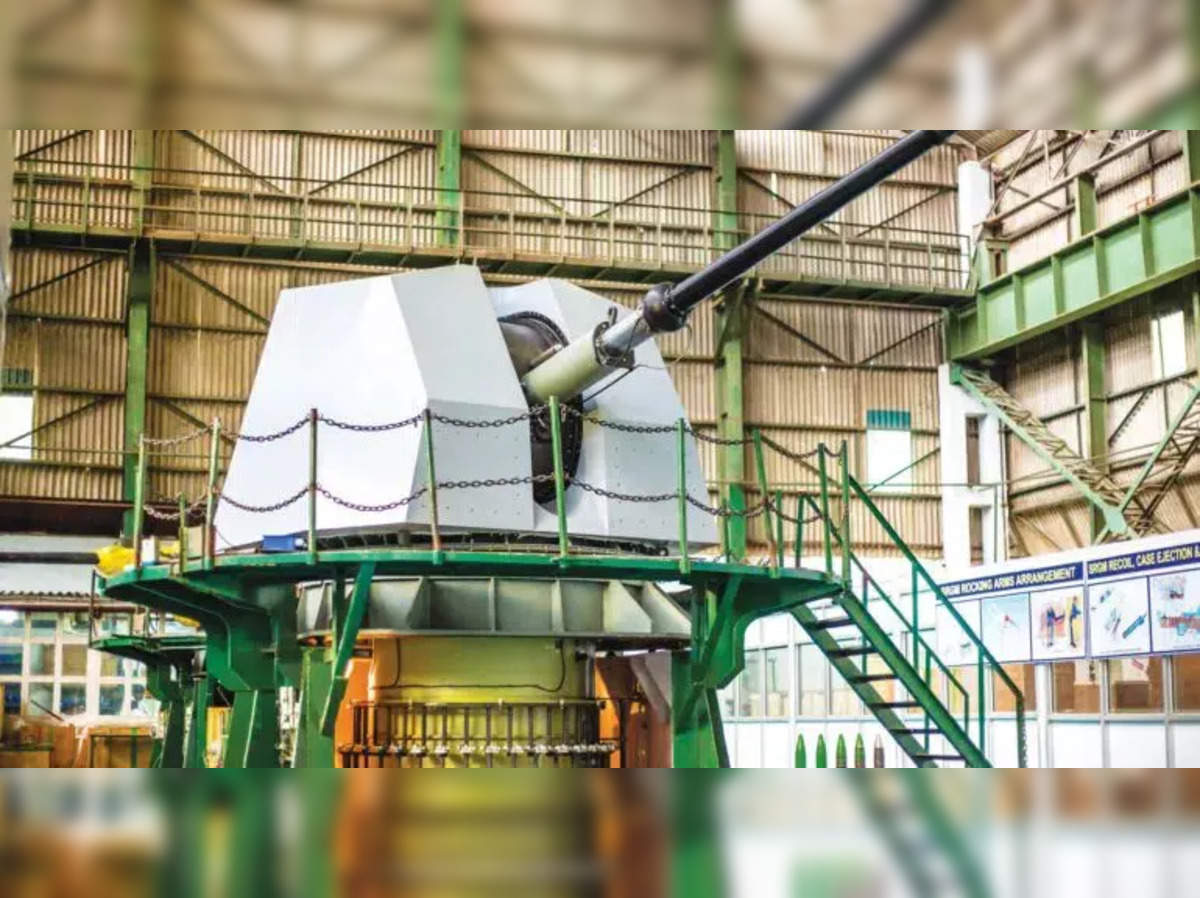

In a significant shift in policy, Bharat Heavy Electricals Ltd (BHEL), a state-run enterprise known for its extensive range from rail coaches to power generation equipment, is potentially being removed from the list of companies targeted for divestment. This development stems from discussions about categorizing BHEL as a “strategic” public sector unit (PSU), according to sources familiar with the matter.
A source, speaking under the condition of anonymity, revealed that this decision aligns with recommendations from a parliamentary committee which has advocated for BHEL to be recognized as a strategic PSU. “Now that a parliamentary committee has also recommended the tag of strategic PSU for the company, there would be further thought on this,” the source explained, indicating a reevaluation of BHEL’s role within the national framework.
Continue readingSOURCE: AFI


In 2024, India’s strategic defense capabilities have seen significant advancements with the addition of several new missile systems to its already formidable arsenal. Among the notable developments is the introduction of an upgraded version of the Agni-5 Intercontinental Ballistic Missile (ICBM), now equipped with Multiple Independently Targetable Re-entry Vehicle (MIRV) technology, marking a substantial leap in India’s nuclear deterrence strategy.
Continue readingSOURCE: IDRW.ORG


India’s ambitious Phase-III Ballistic Missile Defense (BMD) program is making strides with the development of the ADAH three-stage missile, a next-generation interceptor designed to provide robust protection against advanced ballistic threats. The missile incorporates cutting-edge technologies and complex safety-critical systems that ensure its reliability and effectiveness in high-stakes scenarios.
The ADAH missile boasts a three-stage configuration, each stage designed to perform distinct and critical functions in its trajectory. Key innovations include several pyro-activated mechanisms, which are integral for the missile’s operation and safety. These mechanisms ensure the seamless execution of functions such as.
Continue readingSOURCE: IDRW.ORG

In a significant stride towards fostering indigenous defense technology, Larsen & Toubro (L&T), one of India’s leading engineering and construction conglomerates, has announced a collaboration with the Indian Institute of Technology Kanpur (IIT Kanpur). This partnership is focused on the development of a Flight Laboratory dedicated to the advancement of Fixed Wing Unmanned Aerial Vehicles (UAVs) and the creation of sophisticated Flight Control Computers (FCC).
L&T, known for its expertise in defense systems integration and manufacturing, is leveraging IIT Kanpur’s renowned aerospace engineering capabilities. The flight laboratory at IIT Kanpur, already a hub for cutting-edge research in aviation technology, will now see an infusion of L&T’s industry know-how to further these initiatives.
Continue readingSOURCE: AFI


In the ever-evolving landscape of geopolitical strategy and military technology, South Asia stands at a critical juncture. Recent reports suggest that Pakistan is on the verge of acquiring the J-35A, a fifth-generation stealth fighter from China, potentially shifting the regional air power balance. This development raises questions about India’s strategic responses, particularly in the context of its own fifth-generation fighter jet program, the Advanced Medium Combat Aircraft (AMCA). With the United States still withholding approval for the sale of F-35A jets to Taiwan, could an invitation for Taiwan to join India’s AMCA project be a prudent move?
Pakistan’s move to procure the J-35A from China is not just about upgrading its military capabilities but also about sending a clear message to its neighbors, particularly India. The J-35A, designed for both air superiority and strike missions, is expected to enhance Pakistan’s air force significantly. This acquisition could provide Pakistan with a technological edge, at least temporarily, as India’s AMCA is still in development and not expected to be combat-ready until the mid-2030s. The implications of this are profound, potentially altering the air combat dynamics in South Asia .
Continue readingSOURCE: AFI


In a significant development towards enhancing India’s military mobility in rugged terrains, Larsen & Toubro (L&T) and BAE Hagglunds have jointly presented the BvS10 Beowulf, also known as Sindhu in its Indian variant, to the Indian Army. This articulated all-terrain vehicle (AATV) has undergone rigorous trials in the harsh conditions of the Ladakh region, demonstrating its capability to navigate through some of the world’s most challenging landscapes.
Developed to meet the specific operational demands of the Indian Armed Forces, the BvS10 Sindhu is an advanced version of the globally recognized BvS10 Beowulf.
Continue readingSOURCE: AFI


In recent years, the Indian judiciary has played a pivotal role in fostering gender equality within the traditionally male-dominated Indian Armed Forces. This evolution in military policy and practices can be seen as an imposition of feminist ideology, aimed at dismantling gender stereotypes and ensuring equal opportunities for women in the military. However, this push for equality has not been without controversy, as evidenced by a notable leaked letter concerning women officers.
The journey towards gender inclusivity within the Indian Armed Forces was significantly influenced by a series of landmark judicial decisions. In 2020, the Supreme Court of India ruled in favor of granting permanent commissions to women officers, a decision which was seen as a direct challenge to the military’s long-standing gender biases. The court’s directive not only allowed women to serve longer tenures but also opened the door for them to command units, a privilege previously reserved for male officers. This ruling was met with varied responses, with some hailing it as a victory for constitutional feminism, while others criticized it for potentially disrupting the military’s operational ethos without adequate preparation.
Continue reading